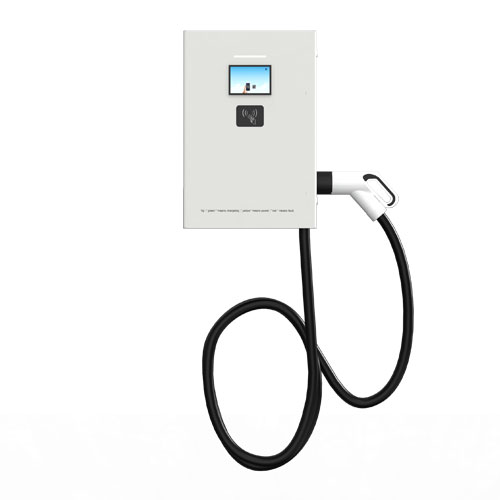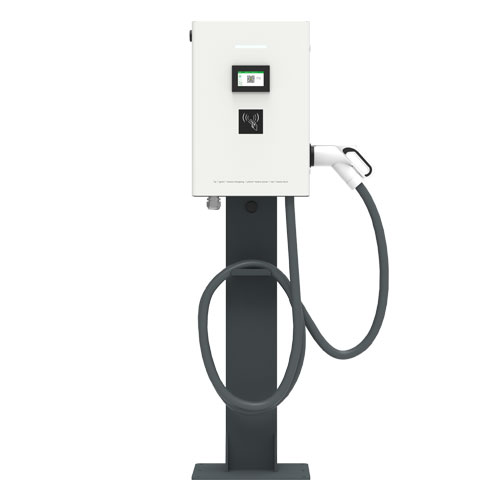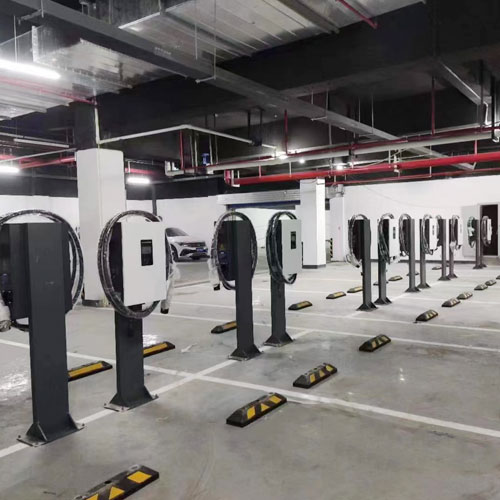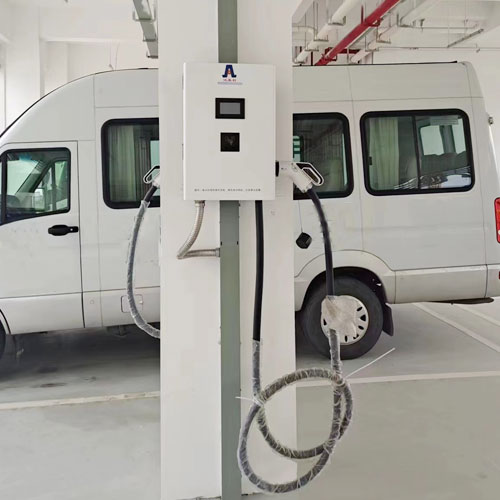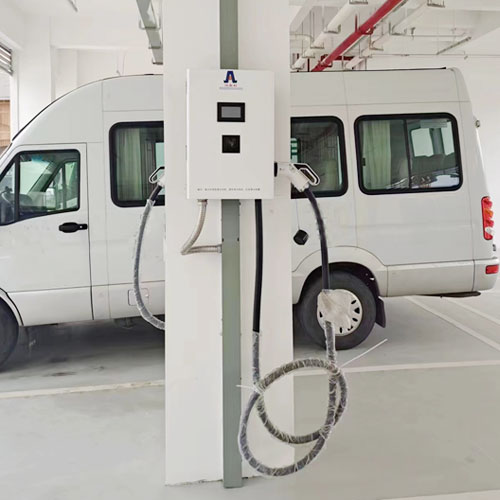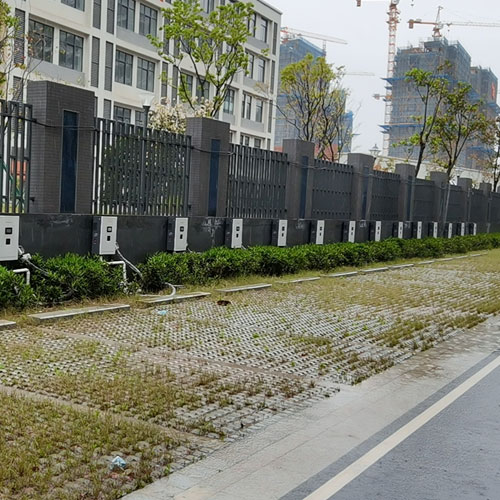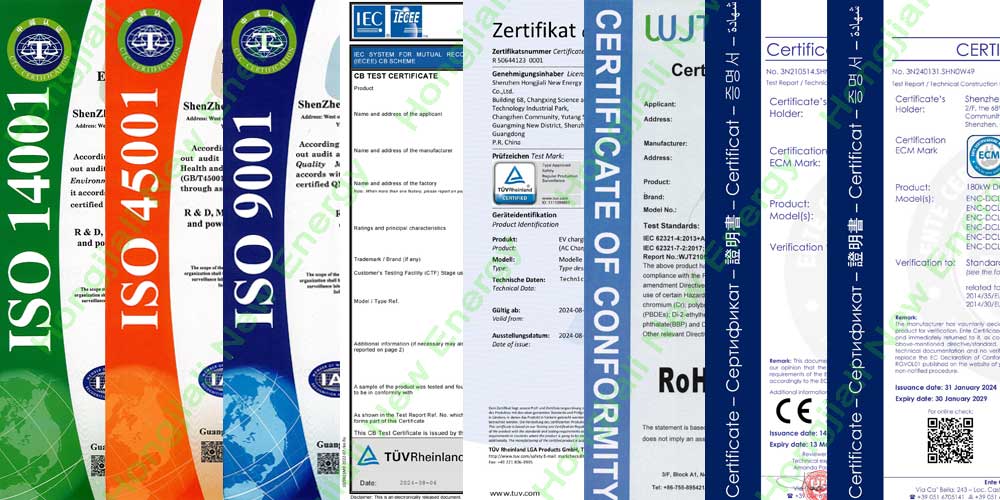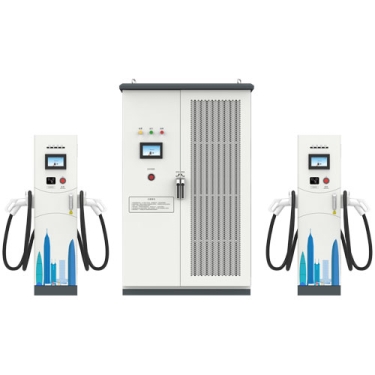Wall box charging station public commercial 20kw DC charger, smart wall box charging station for home and business, sustainable, efficient and easy to manage. With both compact size and powerful performance, it can quickly charge electric vehicles at home and is designed for easy installation.
The wall box charging station quickly and conveniently charges your electric vehicle, designed for your home, apartment, hotel or any other business, creating smart charging and energy solutions to promote the popularization of electric vehicles.
The product parameters of the wall box charging station public commercial 20kw DC charger are as follows:
Parameters | Requirements | |
General Requirements | ||
EV Charger Type | DC | |
Charger Capacity | 20KW | |
Equipment size | L650*W440*H190(mm) | |
Product Model NO. | ENC-DCB020A ANSI-DCB020A JIS-DCB020A | |
Mounting | Wall-Mounted | |
Input Requirements | ||
AC Supply System | Three-Phase, 5 Wire AC system | |
Nominal Input Voltage | AC380V±15% | |
Input Frequency | 45-65Hz | |
Environmental Requirements | ||
Ambient Temperature Range | -25 to 55°C | |
Ambient Humidity | 5 to 95% | |
Storage Temperature | -40 to 70°C | |
Mechanical Requirements | ||
IP Ratings | IP 54 | |
Cooling | Air-cooled | |
Output Requirements | ||
Number of Outputs | 1 | |
Type of Each Output | 200-1000VDC | |
Single Output Max.Current | 66 Amp | |
Power Factor | ≥0.99(50% load above) | |
User Interface & Display Requirements | ||
Display & Touch-Screen Size | 7 Inches Touch Screen with Shell | |
User Authentication | QR Code/RFID Card /Password Login | |
Metering Information | Consumption Units | |
Communication Requirements | ||
Communication between EVSE and Central server | OCPP 1.6J Protocol (Optional) | |
Interface between Charger and CMS | Ethernet/3G/4G/WIFI (Optional) | |
Protection & Safety Requirements | ||
Executive Standard | IEC 62196 2017, IEC 61851 2017, SAE J1772,CHAdeMO etc. | |
Safety Parameters | Over Current, Over Voltage, Under Voltage, Residual Current, Surge Protection, Leakage Protection, Short Circuit, Over Temperature, etc. | |
